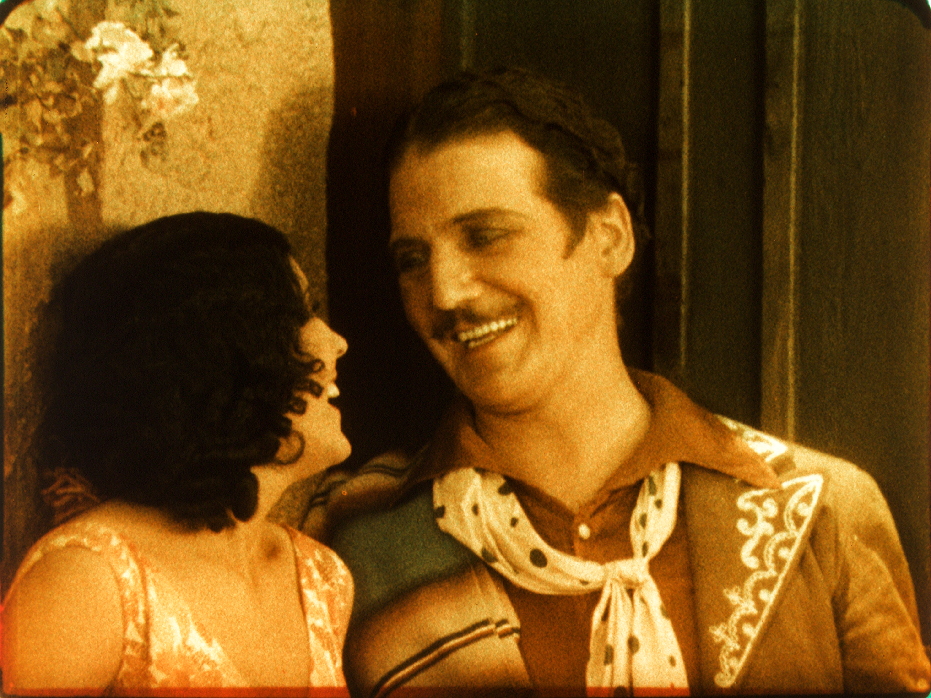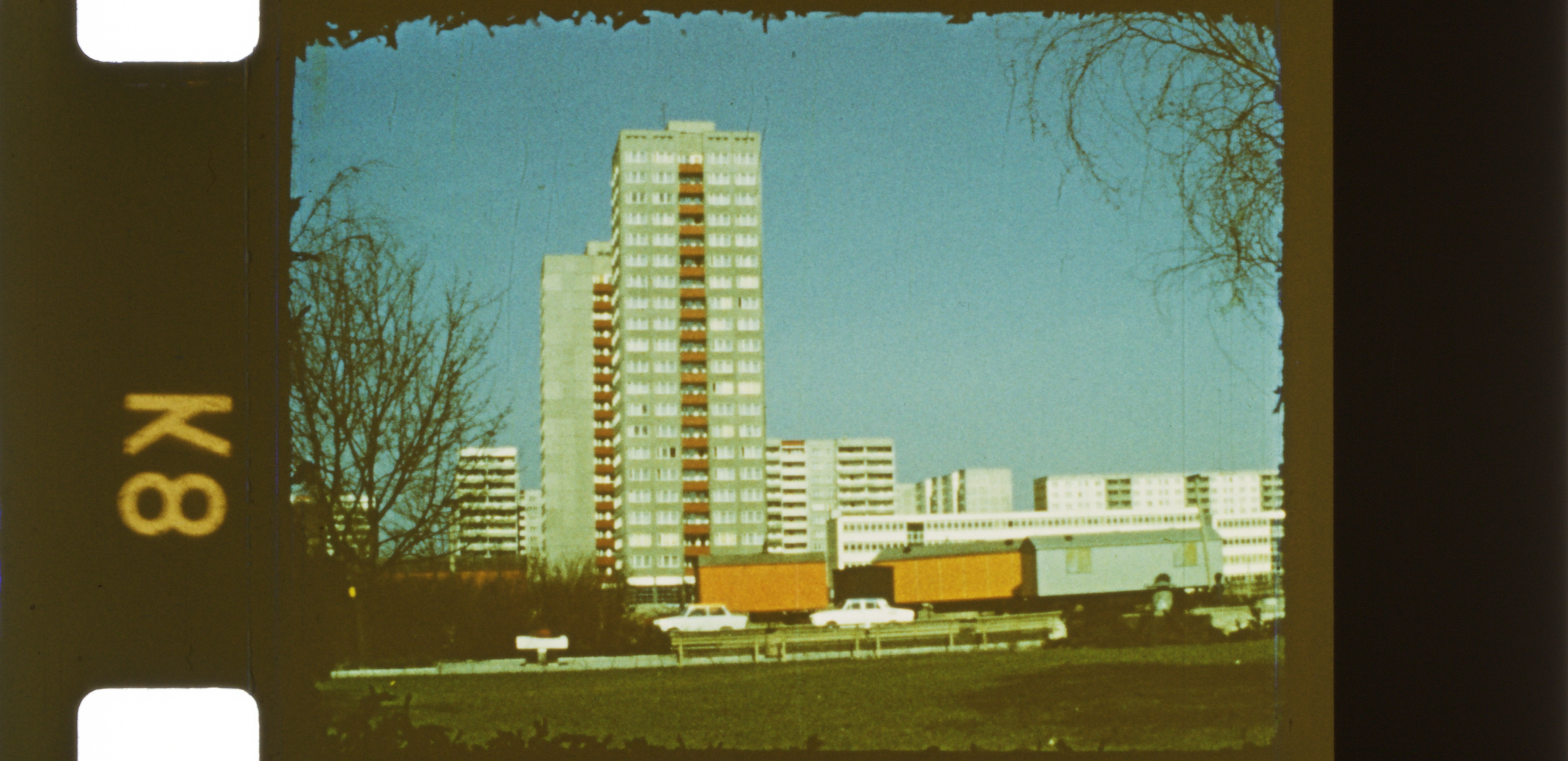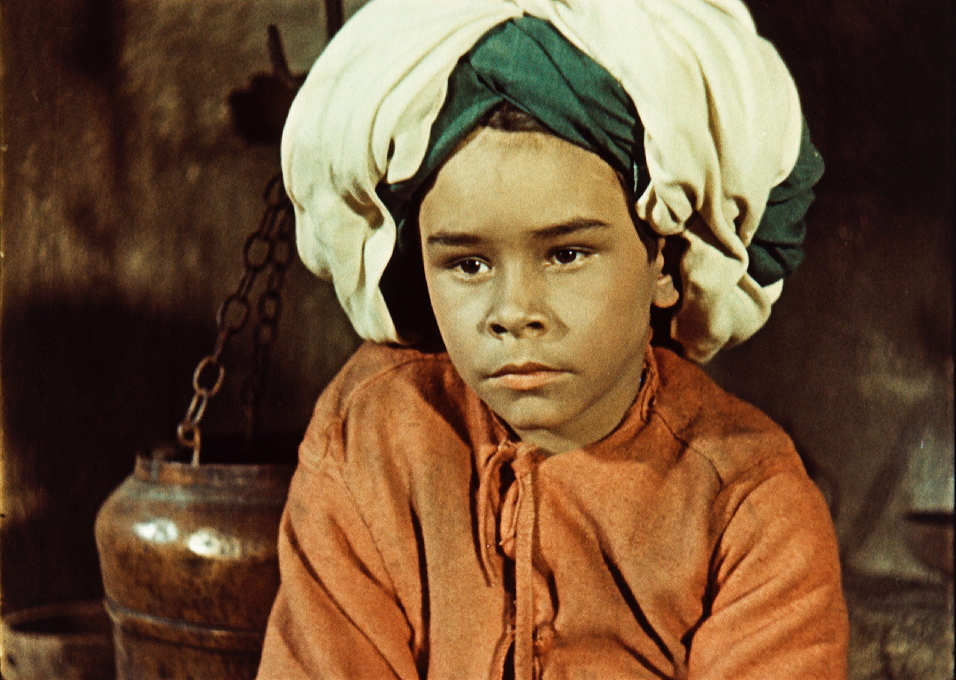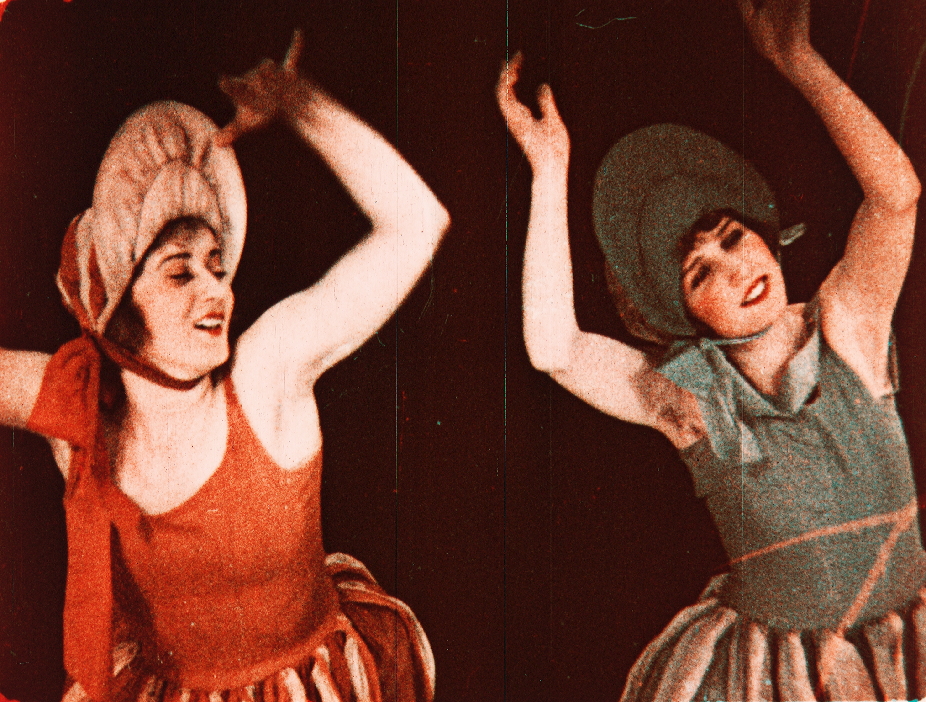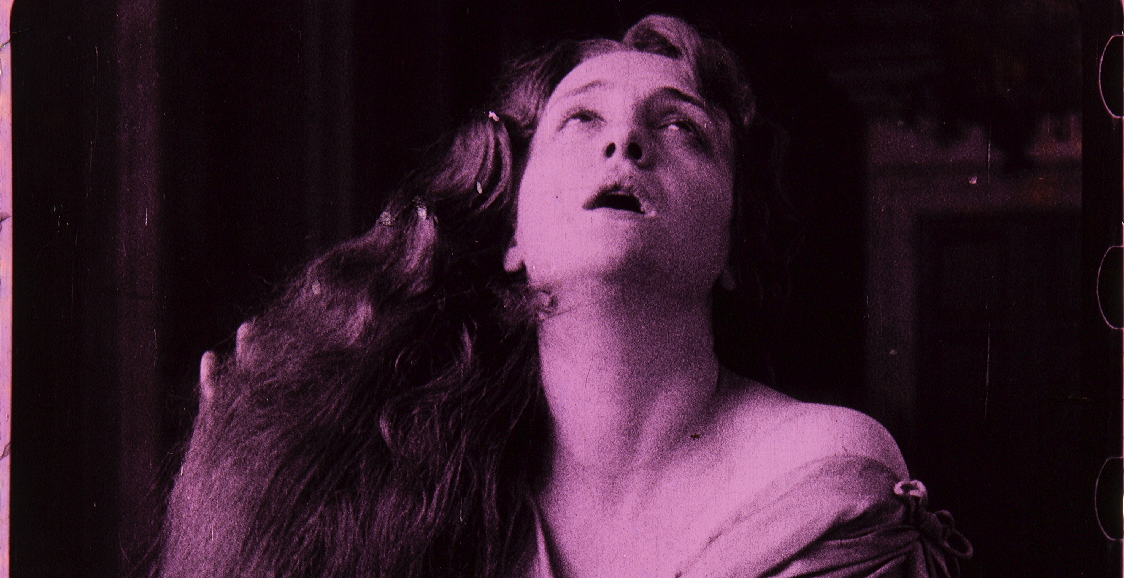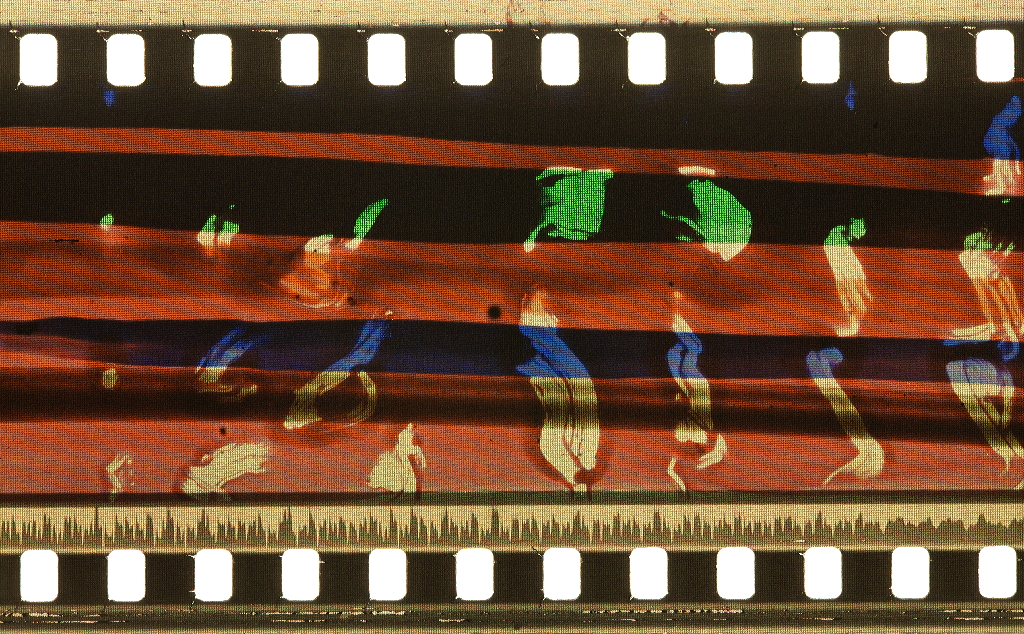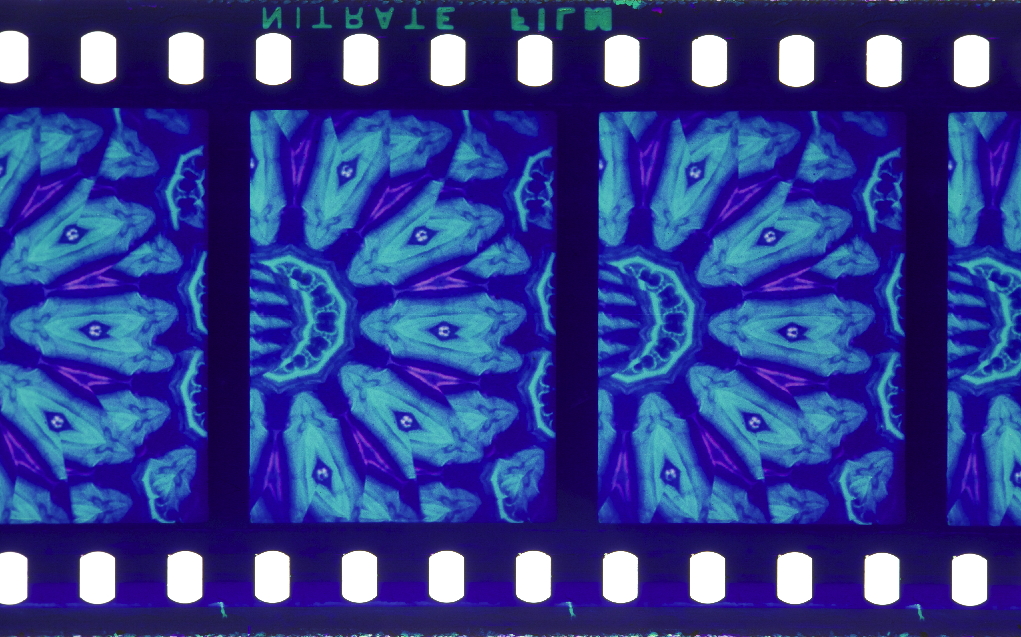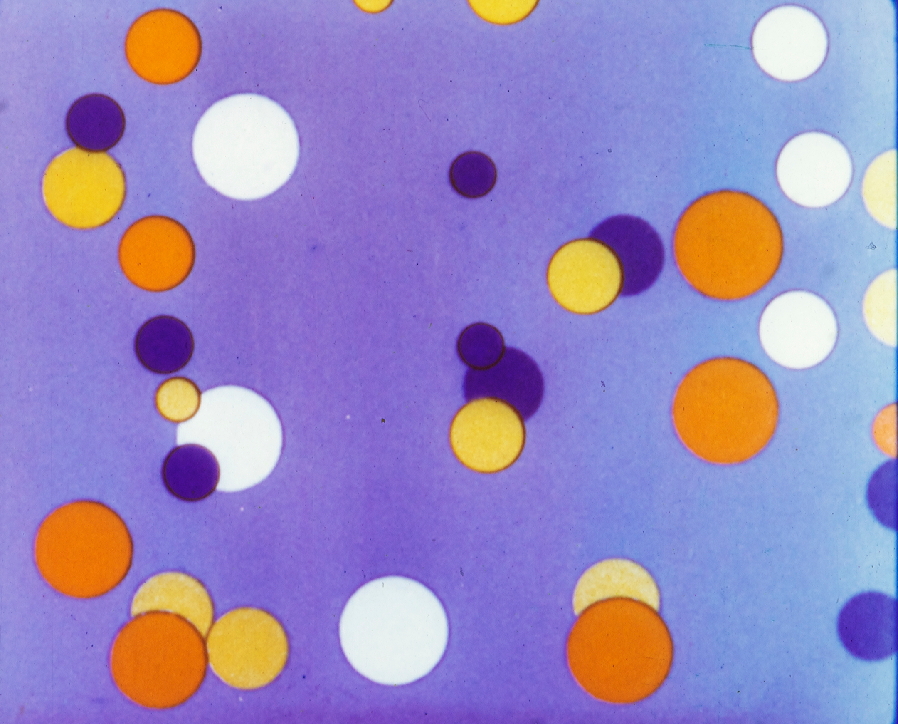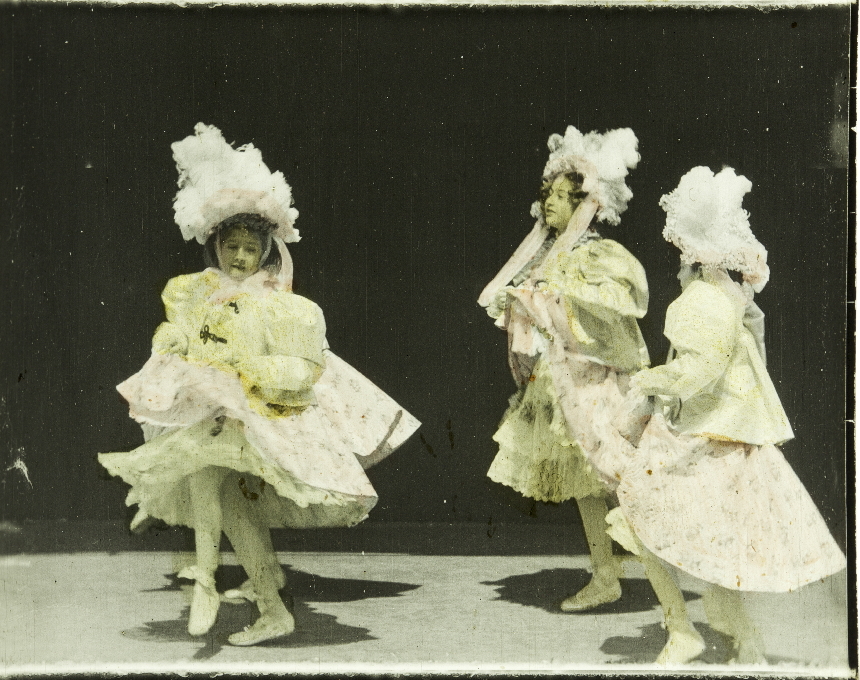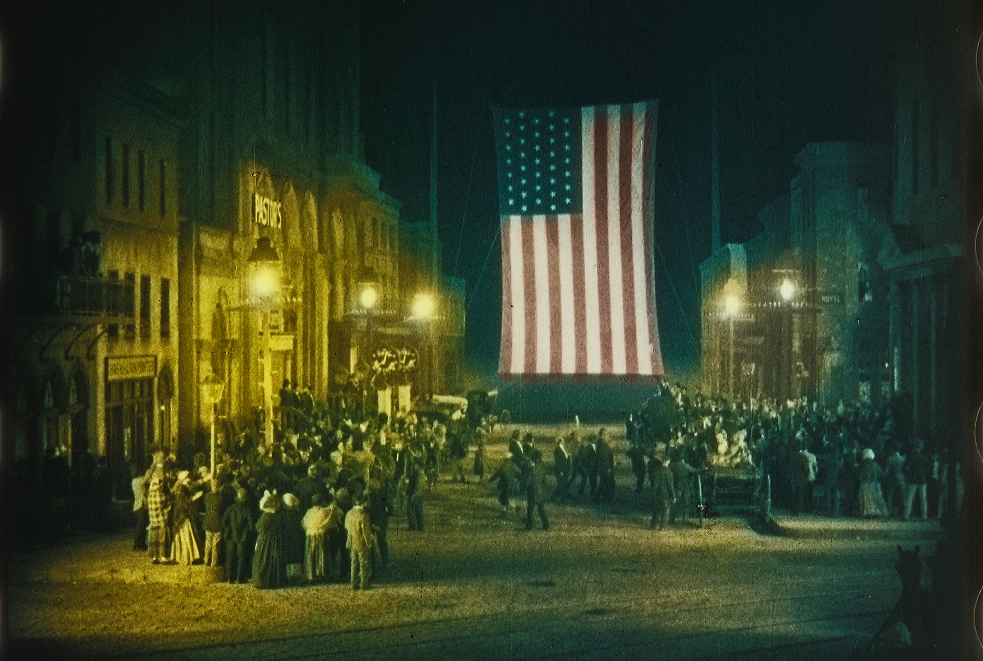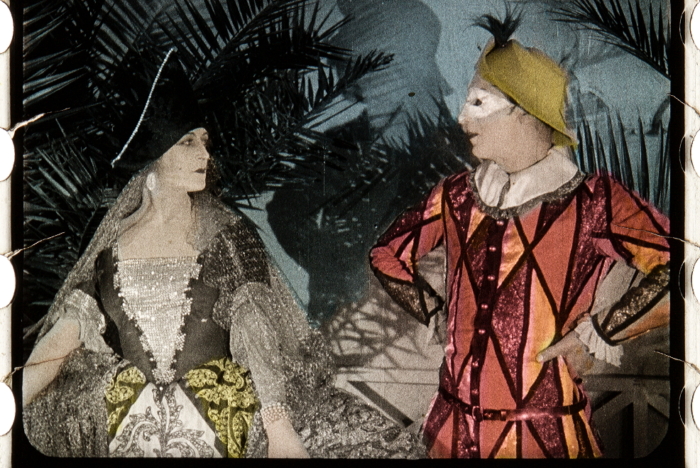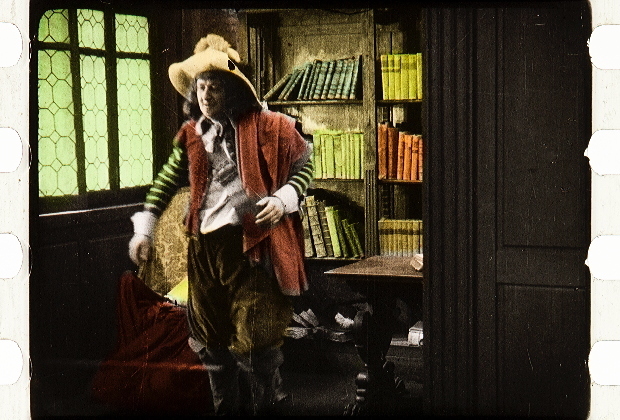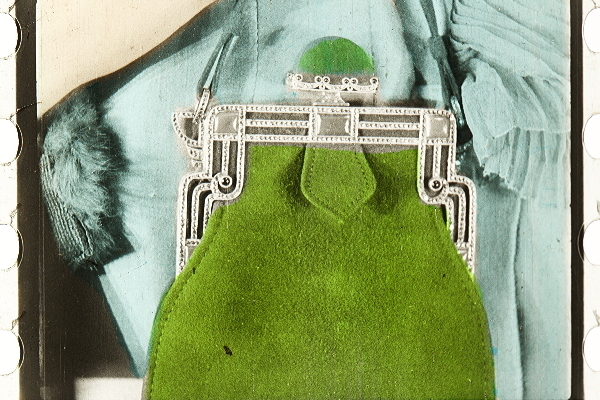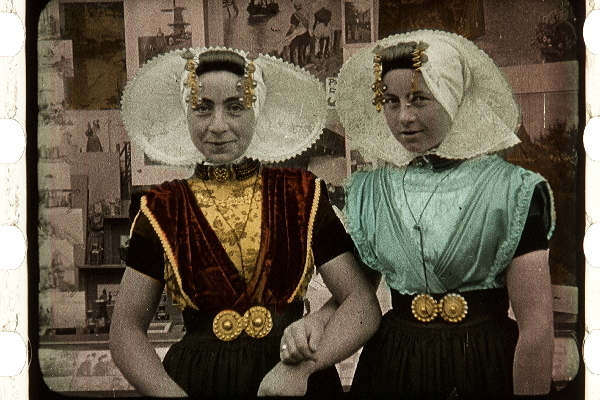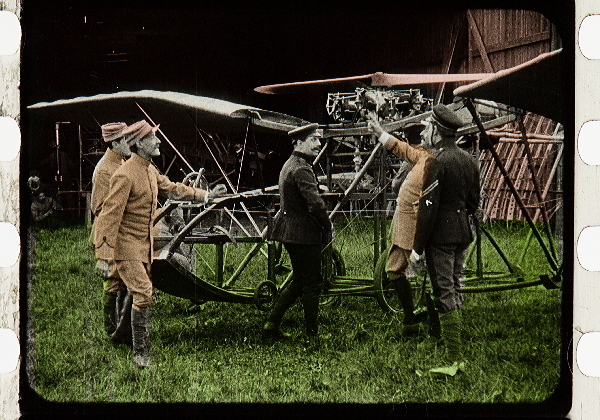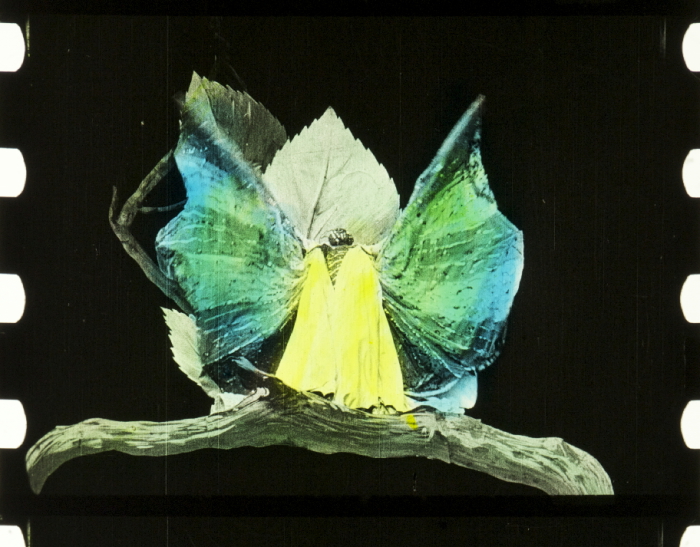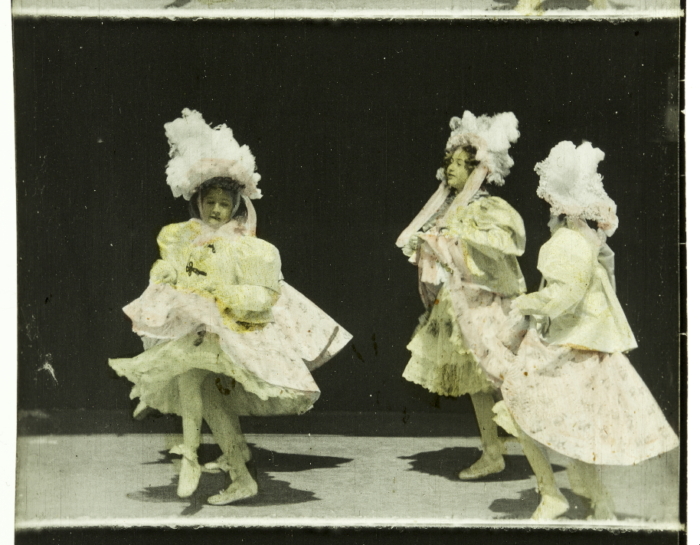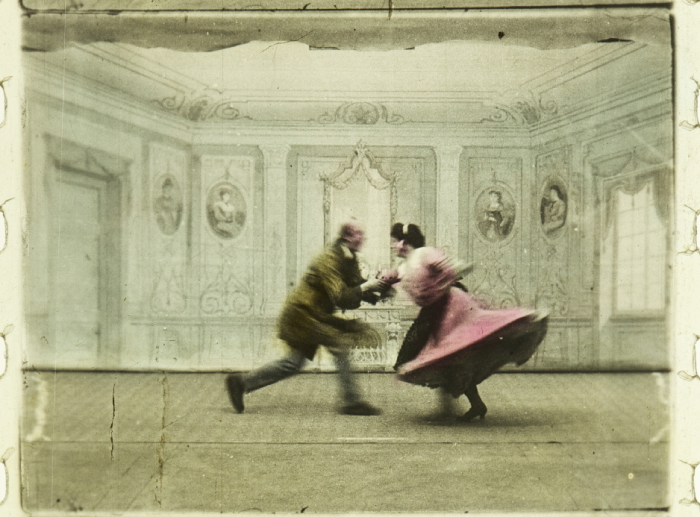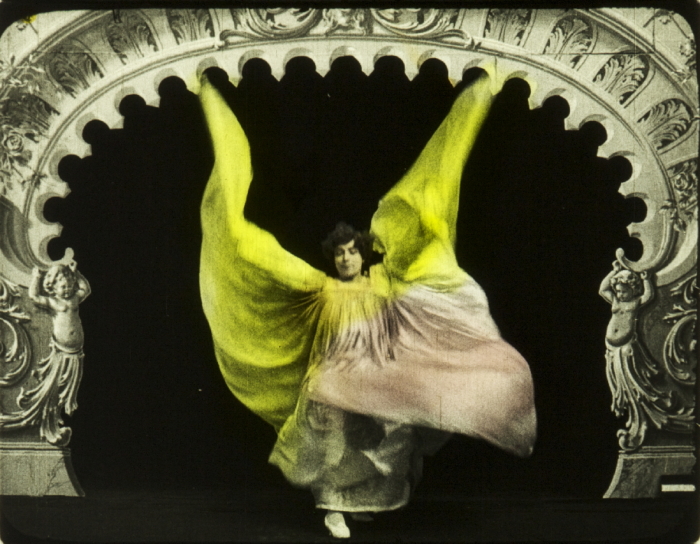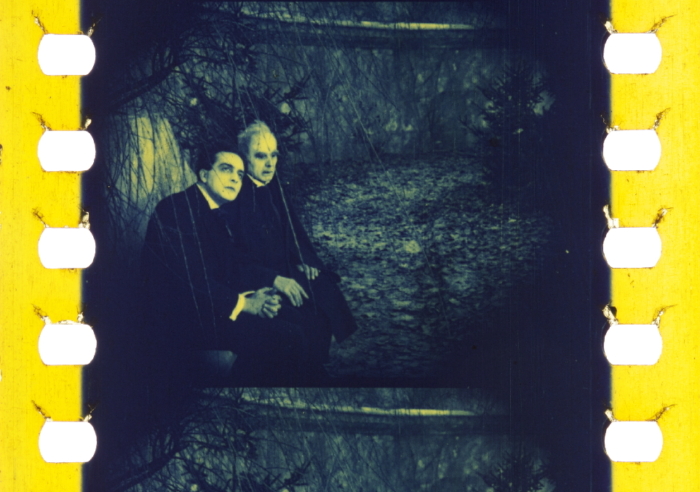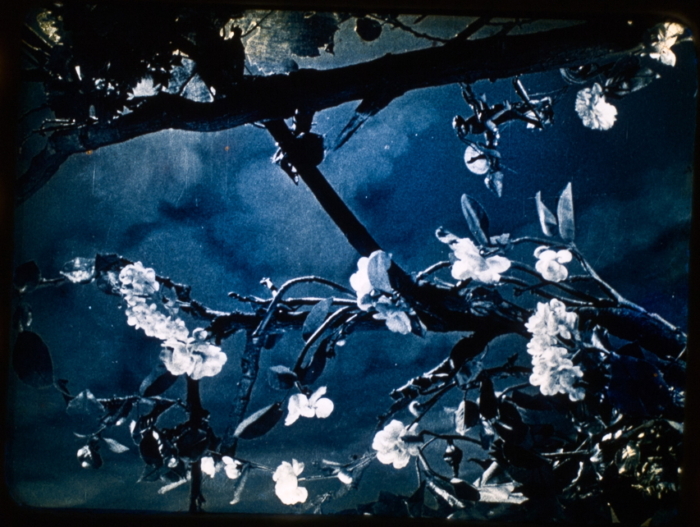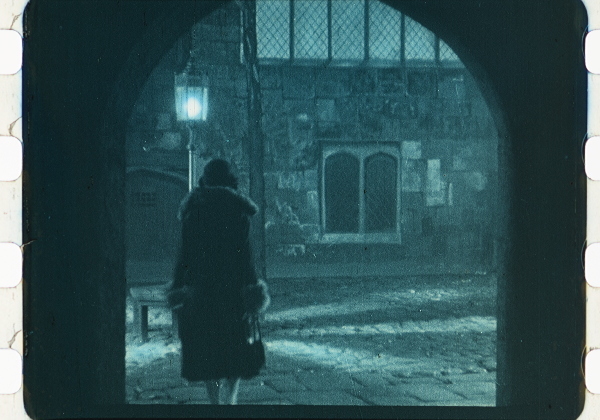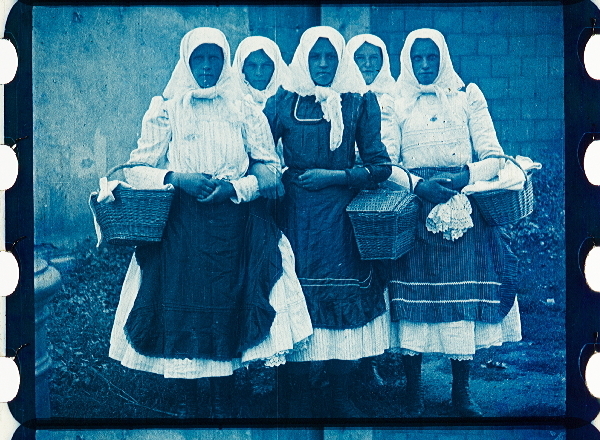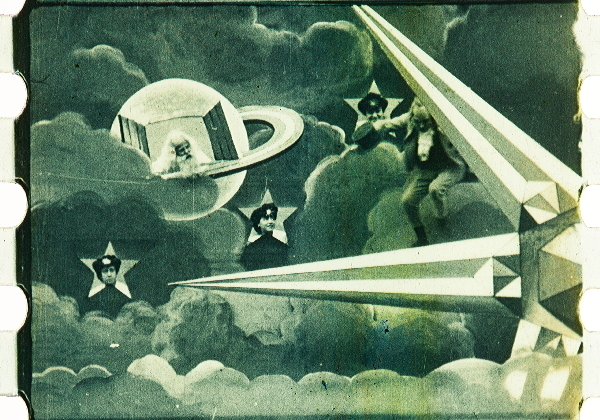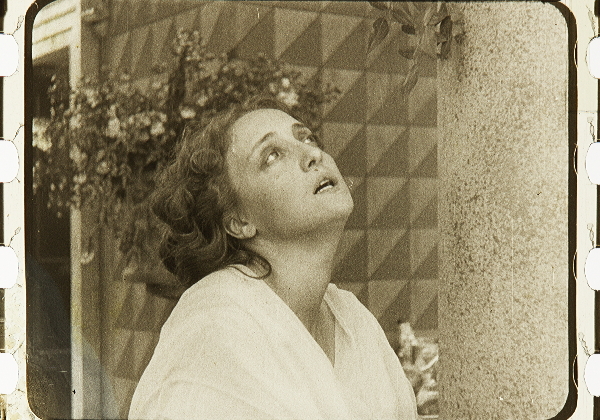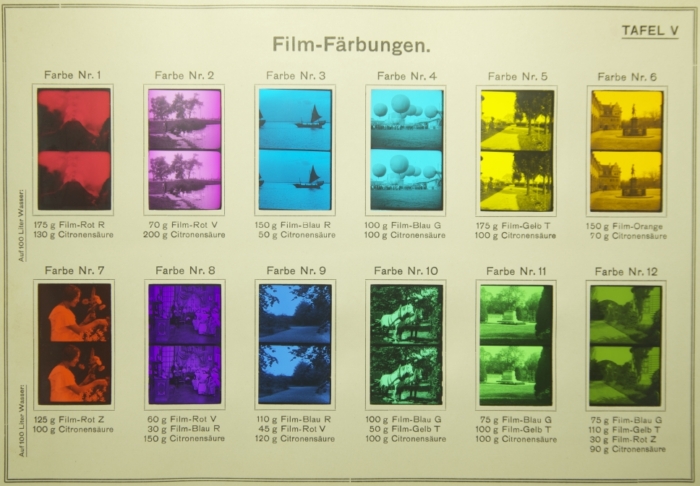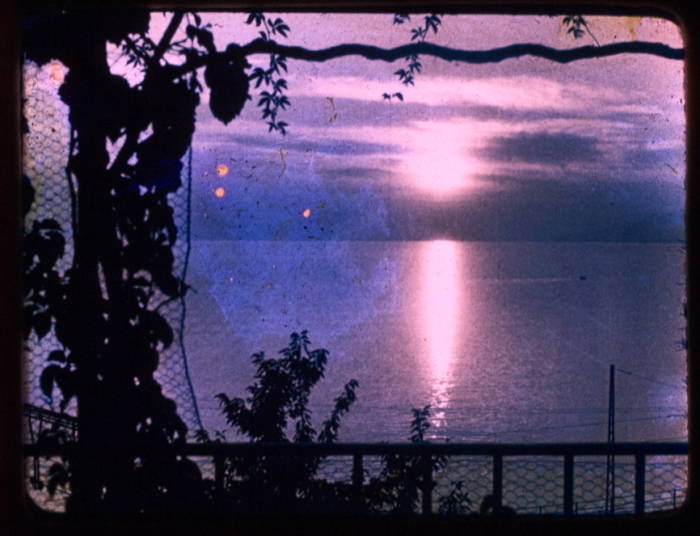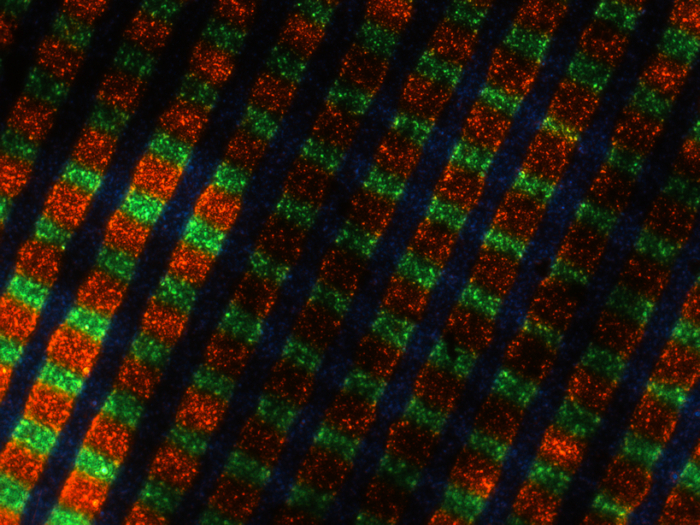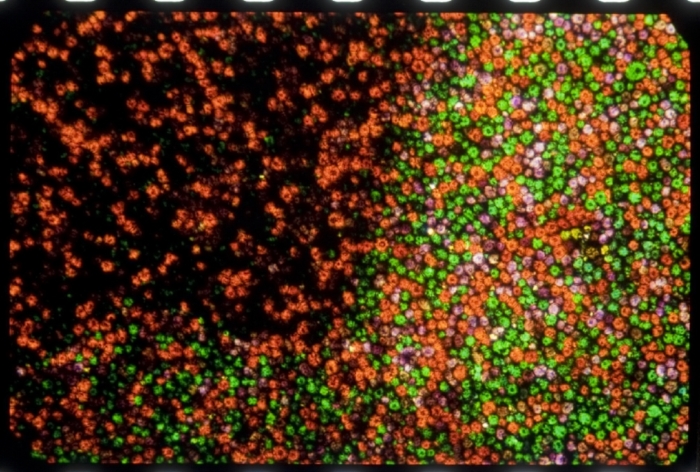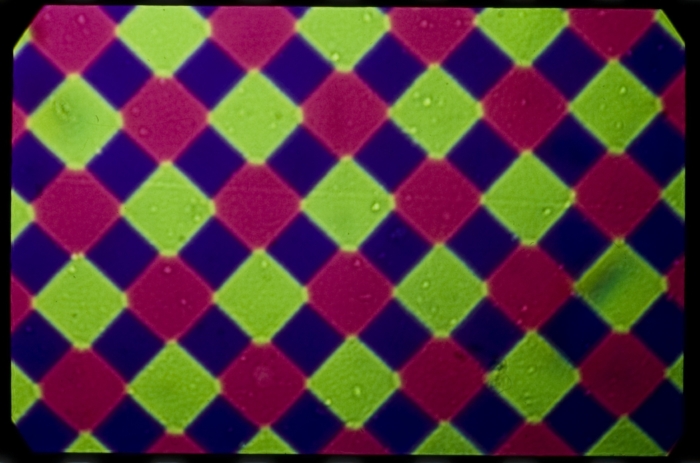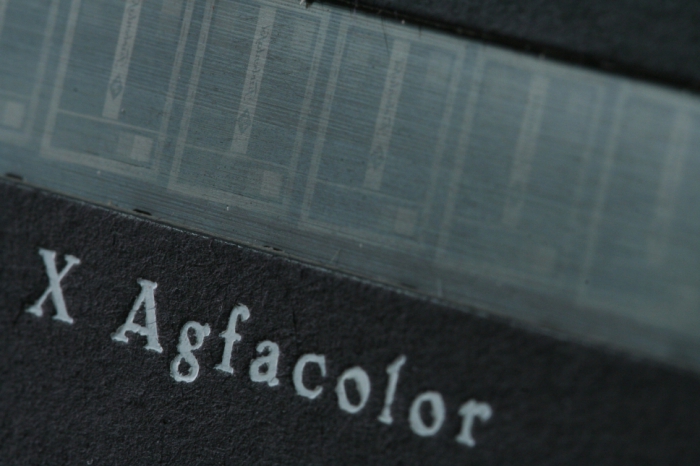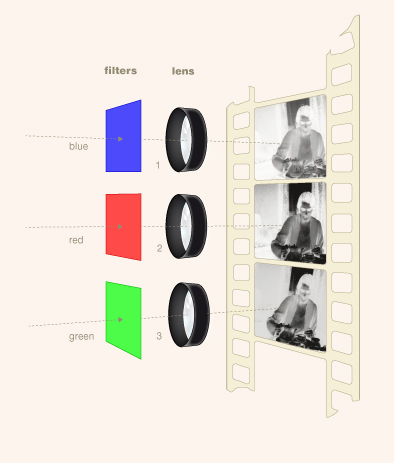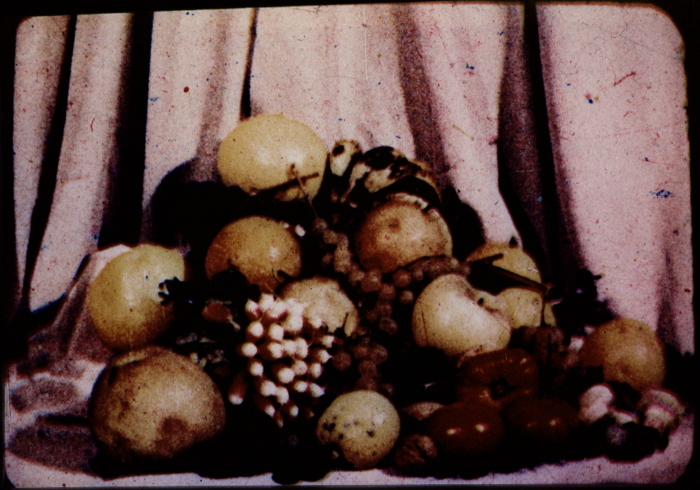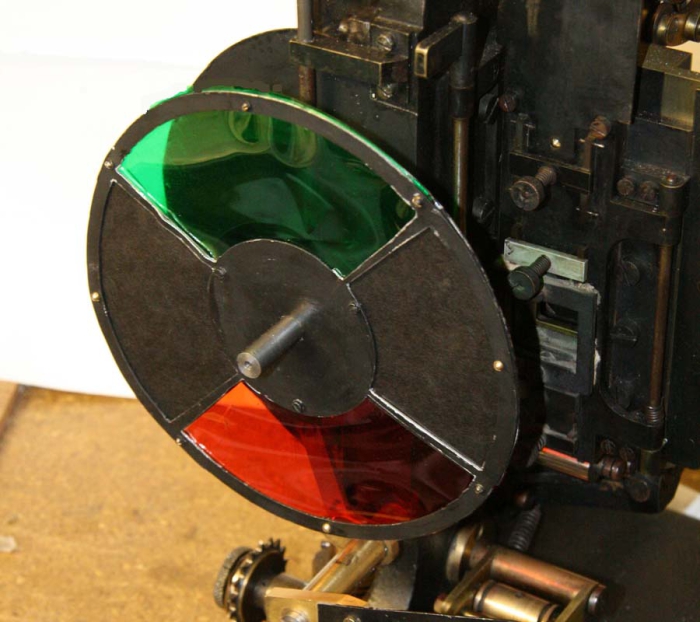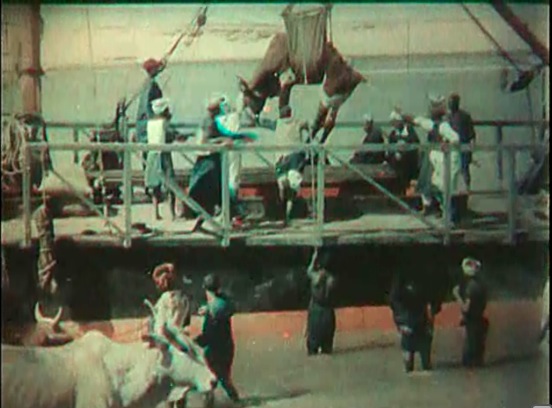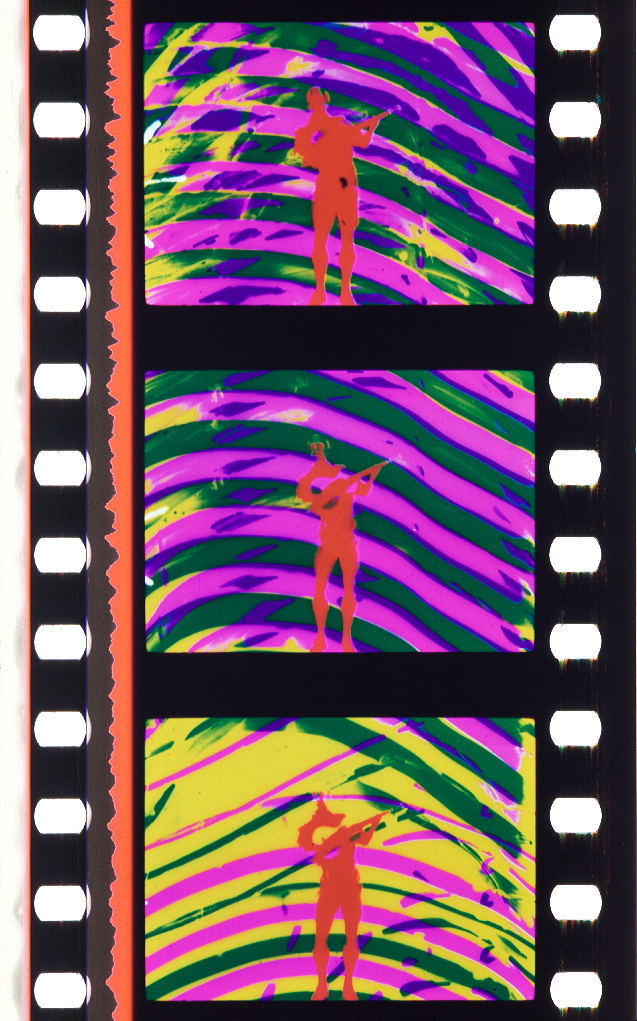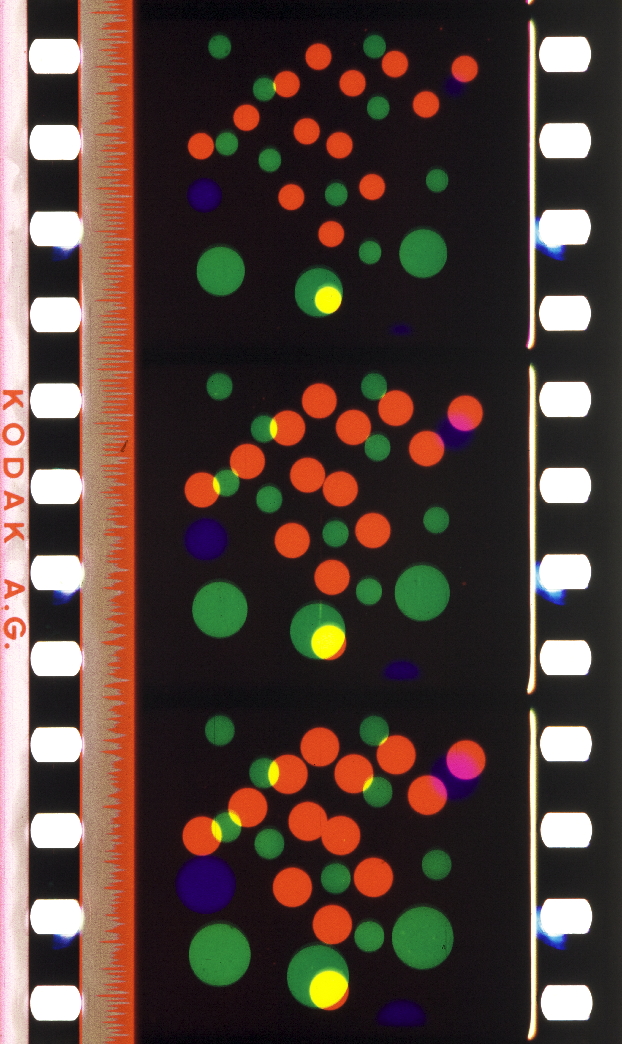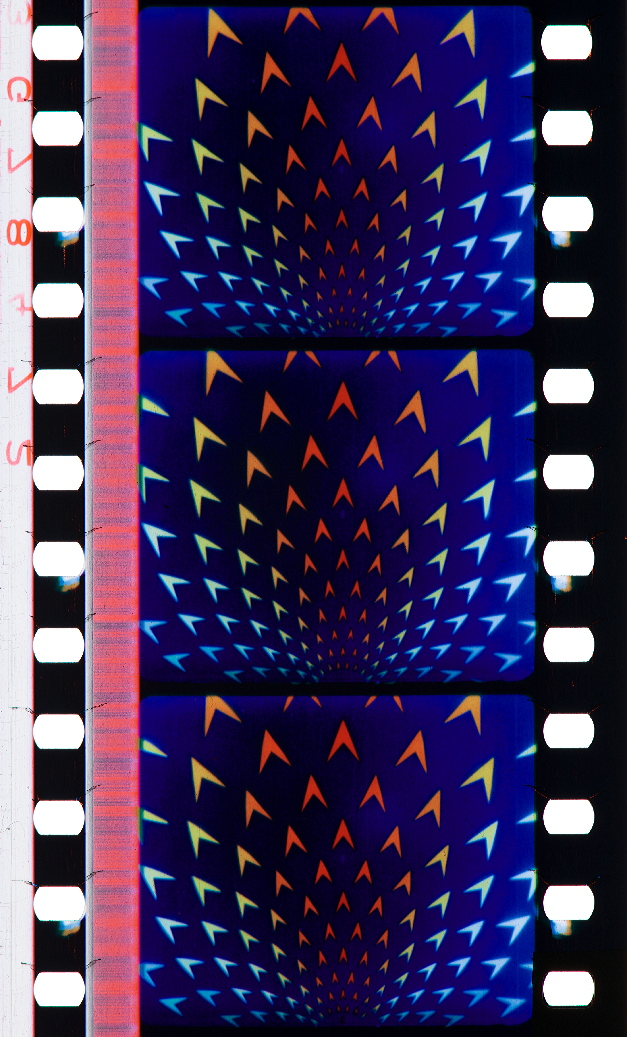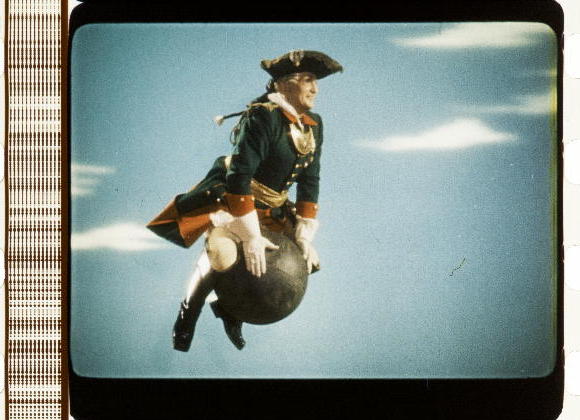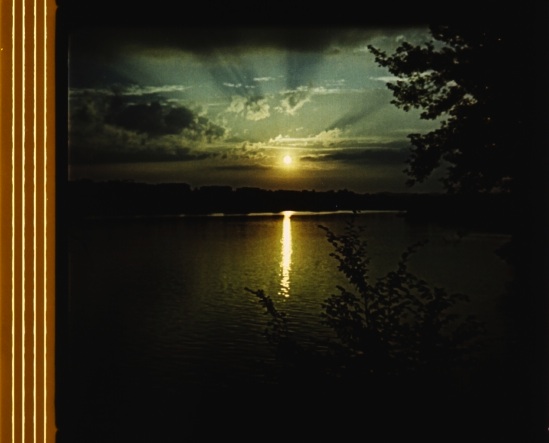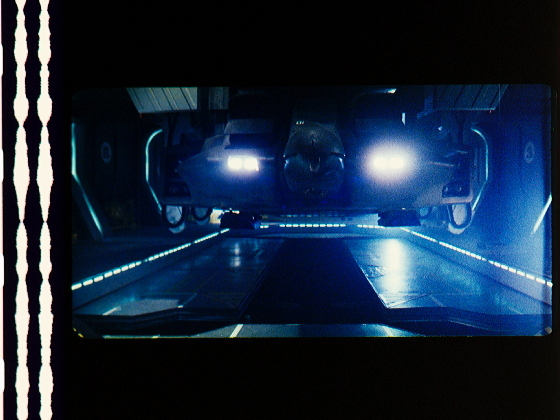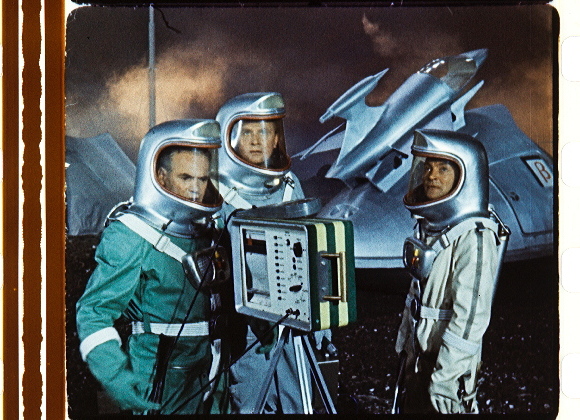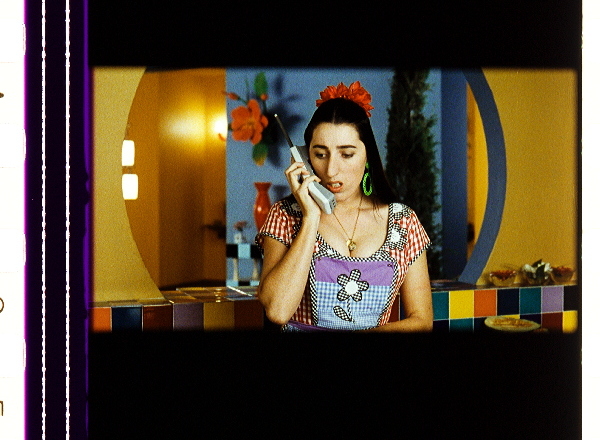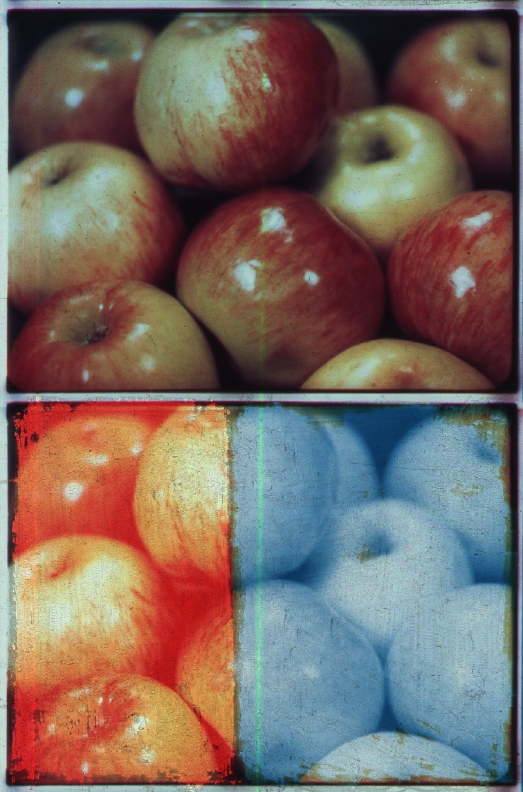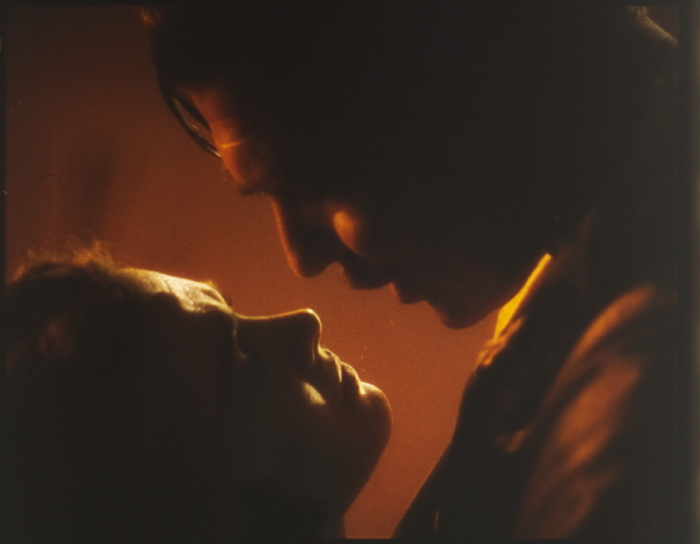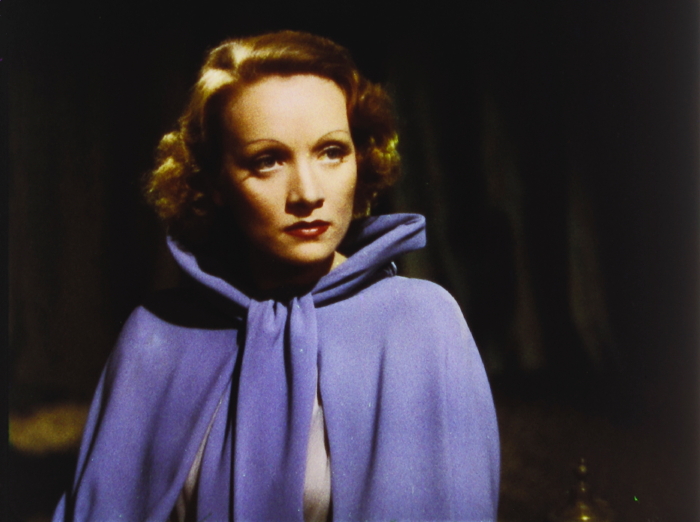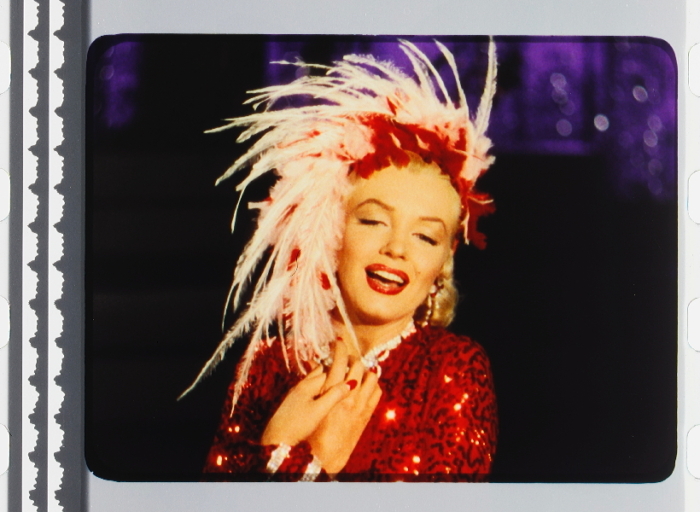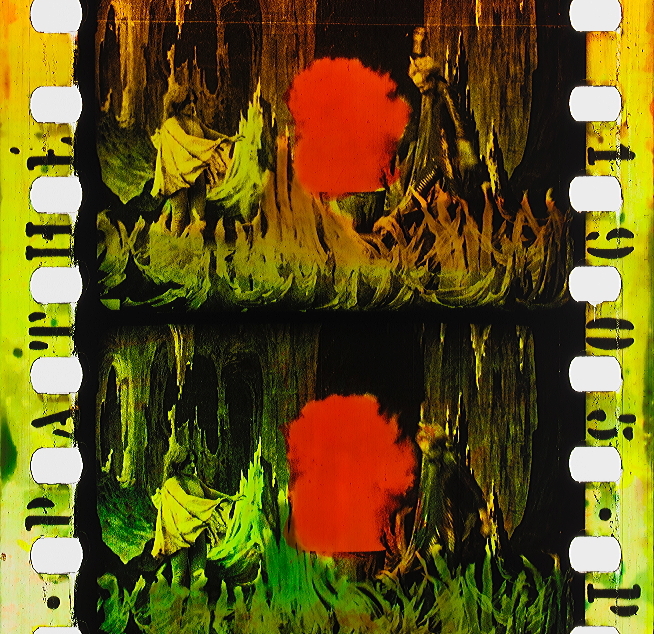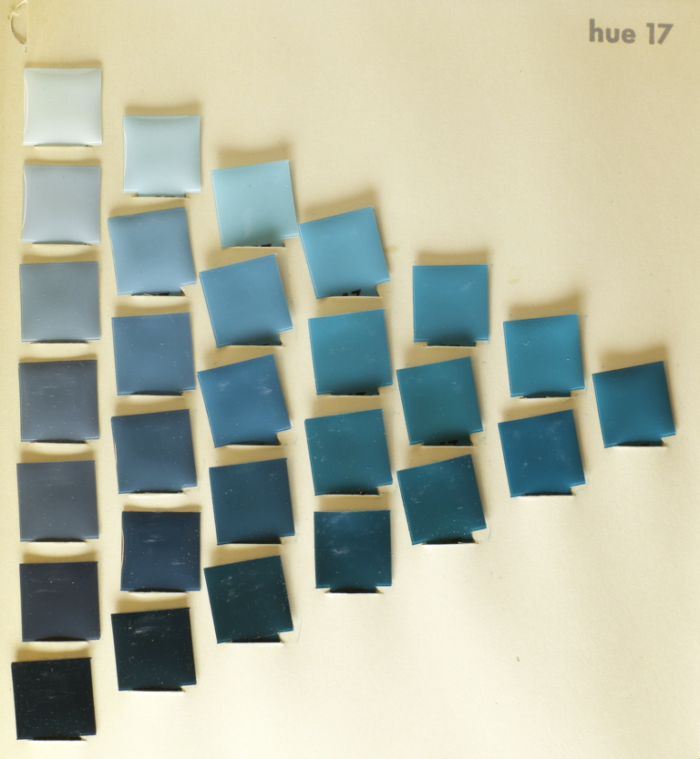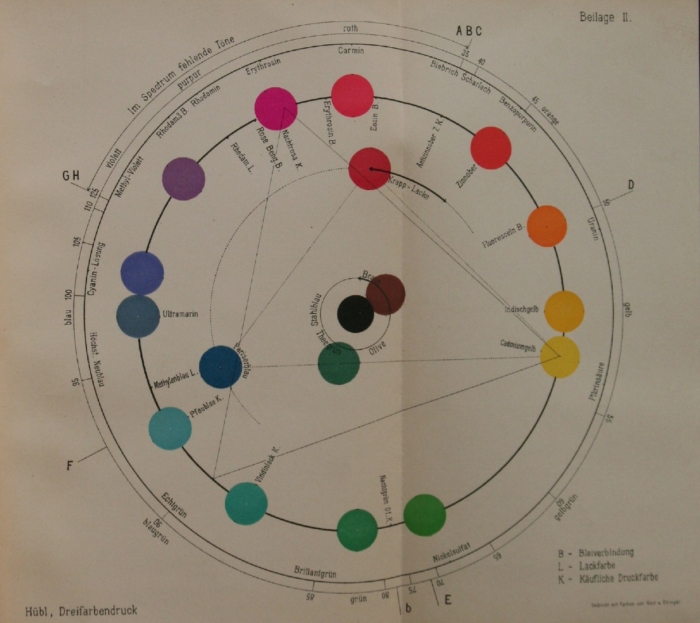Please access detailed information on over 250 individual film color processes via the classification system on this page, display the Timeline of Historical Film Colors in chronological order, browse by image, search by color, search via the tag cloud at the end of this page or directly on the search page, or see the contributing archives’ collections on the header slides.
Timeline Graph
Autonomous Colors (applied colors)
Mimetic processes (natural colors)
Additive Colors
Subtractive Colors
Other
Color Search
Display the Timeline of Historical Film Colors in chronological order ›
Testimonials
Celebrating the 10th Anniversary of the Timeline of Historical Film Colors:
Leading film scholars, curators, restorers, and archivists produced videos for the 10th anniversary to explain the significance of the Timeline of Historical Film Colors and how they use it for their professional activities.
Timeline Anniversary
Professor Joshua Yumibe
Rosie Taylor
Professor Sarah Street
Dr. Bregt Lameris
Prof. Dr. rer. nat. Ulrich Ruedel
Kieron Webb
Professor Eric Hoyt
George Willeman
Professor Kirsten Moana Thompson
Professor John Belton
Prof. Dr. Giovanna Fossati
Dr. Rossella Catanese
Professor Fumiko Tsuneishi
Dr. Claudy Op den Kamp and the DIASTOR Team
Sreya Chatterjee, MA, HTW Berlin
Tags
- edge codes and identification
- blue
- splice
- 1920s
- red
- 1950s
- 1900s
- musical
- BFI National Archive
- cold–warm contrast
- monochrome
- tinting and toning
- EYE Filmmuseum Amsterdam
- Natalie Kalmus
- ships
- beam-splitter
- silhouette
- melodrama
- Academy Film Archive
- travelogue
- fashion
- Alfred Hitchcock
- decay
- exoticism
- Cecil B. DeMille
- science fiction
- Ray Rennahan
- glamour shot
- Len Lye
- avantgarde
- Leon Shamroy
- Powell / Pressburger
- Deborah Kerr
- Michael Curtiz
- colorimetry
- Edith Head
- femme fatale




